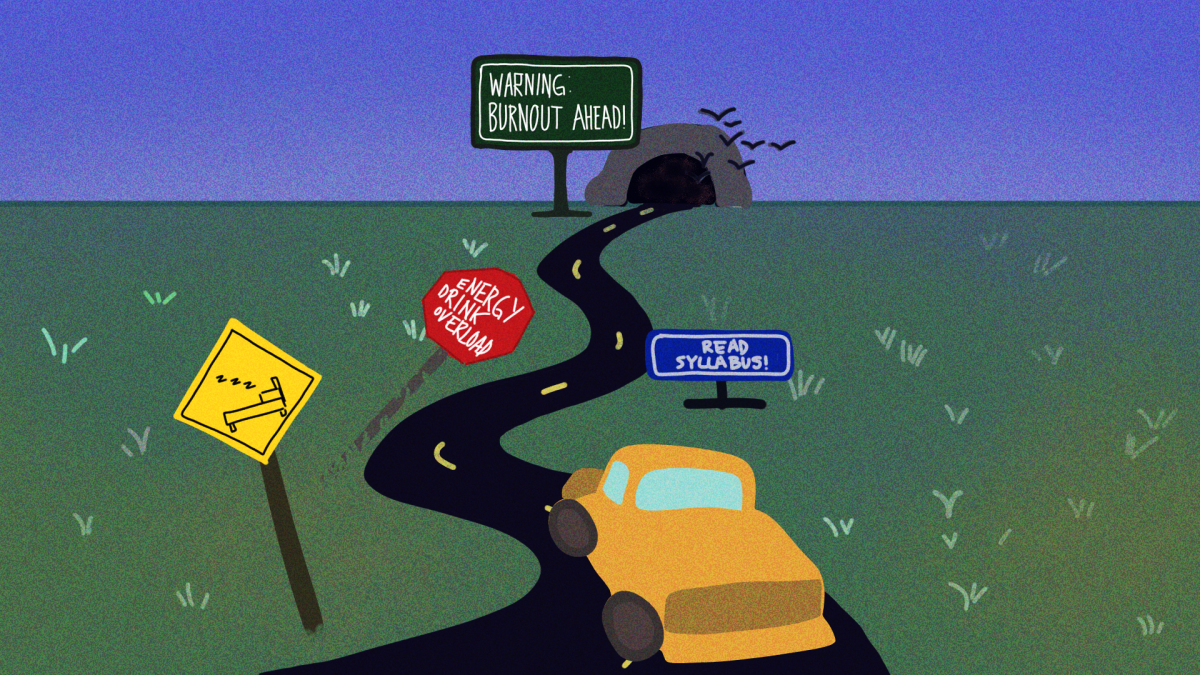For the first time in what feels like a week, temperatures have climbed above freezing and look to be staying put, for now. The latest antics of the polar vortex have certainly left North Carolina and the rest of the country eager for some warmth. Across the country, pundits have seized upon the weather as a chance to both prove and disprove climate change.
The debate started largely in response to a tweet from the president claiming that the US could use some global warming in light of the chill. Unfortunately for the president and all Americans, climate change seems to be a culprit in the recent freeze, rather than a solution for it.
It’s important to note that climate change does not directly cause specific weather events, as climate is characterized by global trends over decade-long timescales. Thus to say that any particular storm or extreme temperature ‘is’ or ‘is not’ the result of global warming misunderstands the scale of its effects.
According to Scientific American, warming arctic temperatures and melting sea ice can destabilize the polar vortex, the stream of air encircling the Arctic which holds back cold air. Consequently, it can shift southward across the US and allow freezing air to send us running indoors. The article also notes that although Europe and North America have experienced chills, the average global temperature remains higher than normal.
More research is necessary to better understand how climate change influences severe weather events. Fortunately for NC State students wishing to get involved, the university has strong climate research credentials. The Southeast Regional Climate Hub, one of several federal climate research facilities, is hosted by NC State.
The group recently published a climate vulnerability assessment that discussed historical climate impacts, climate projections, and mitigation strategies. Notable findings include a 22% increase in the number of “intense precipitation events” during the 20th century and the prediction that temperatures will increase on average across the region. These projections, as well as our comprehension of the interaction between the climate and the polar vortex, will be enhanced with further research, carried out at NC State and elsewhere.
Students who find the area of climate research interesting should look to get involved in it themselves, to help us further understand the science and develop mitigation techniques. Climate science is an interdisciplinary field, meaning a wide array of majors can join in.
In addition to atmospheric and environmental sciences, climate research incorporates sociology and political science to help design effective policies, computer science to improve modeling, and engineering of all stripes to develop new technology. The energy, agricultural and transportation industries all contribute to greenhouse gas emissions and will need a wide range of specialists to reduce their carbon footprints.
Not all students may find research compelling, but everyone will certainly feel the impacts of the climate in their lives, and everyone can make a difference through altering their individual actions. During the winter, reaching for a coat before the thermostat, passing up the temptation to take 30-minute hot showers or taking the bus instead of a private vehicle can all help reduce our individual carbon footprints.
The choices of one individual will not make a great impact in the grand scheme of things, but by collectively investing some thought and effort into reducing our and others’ environmental impacts, we can greatly magnify our total influence.








